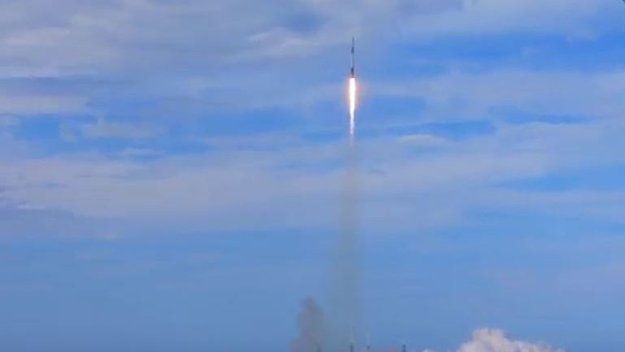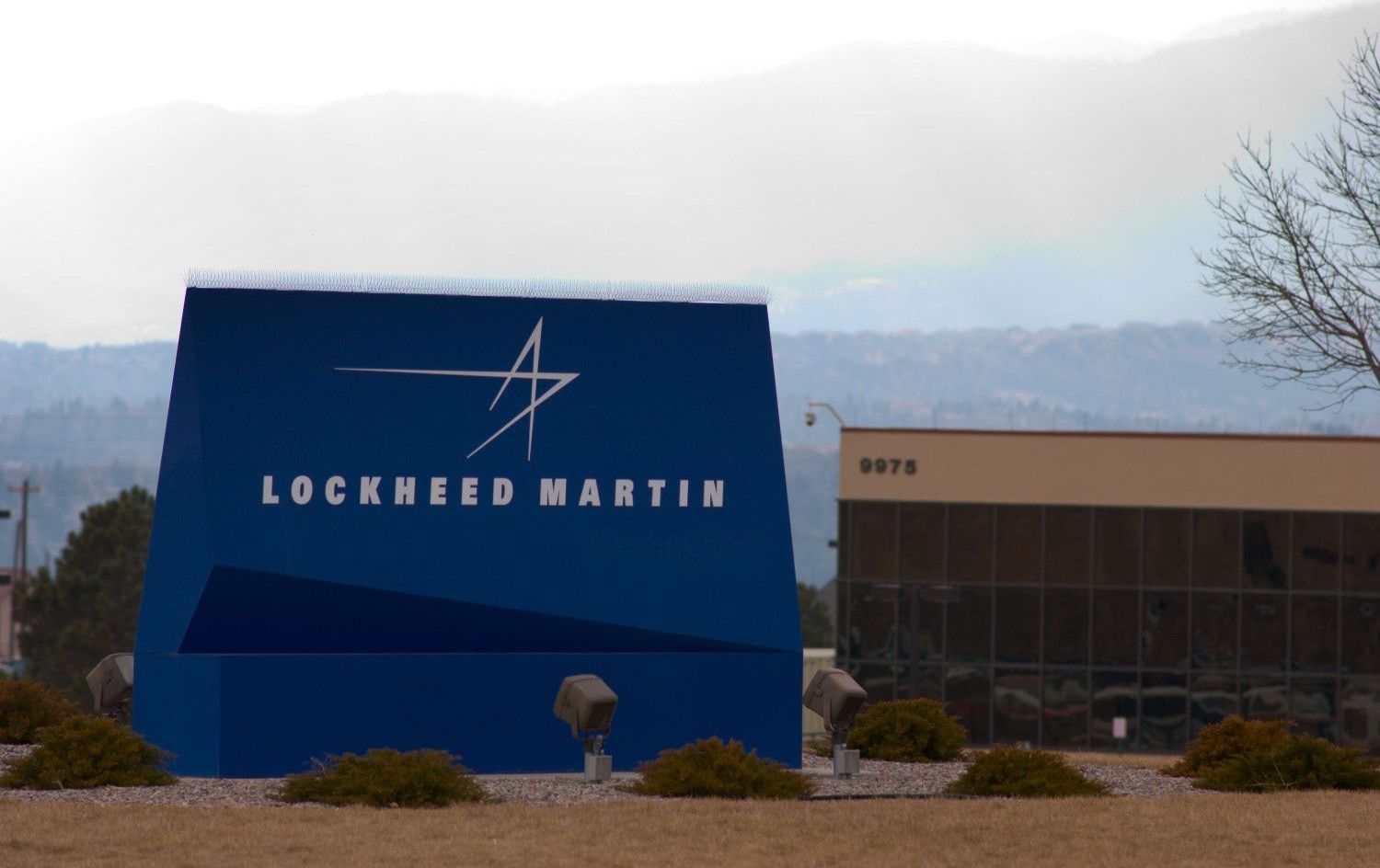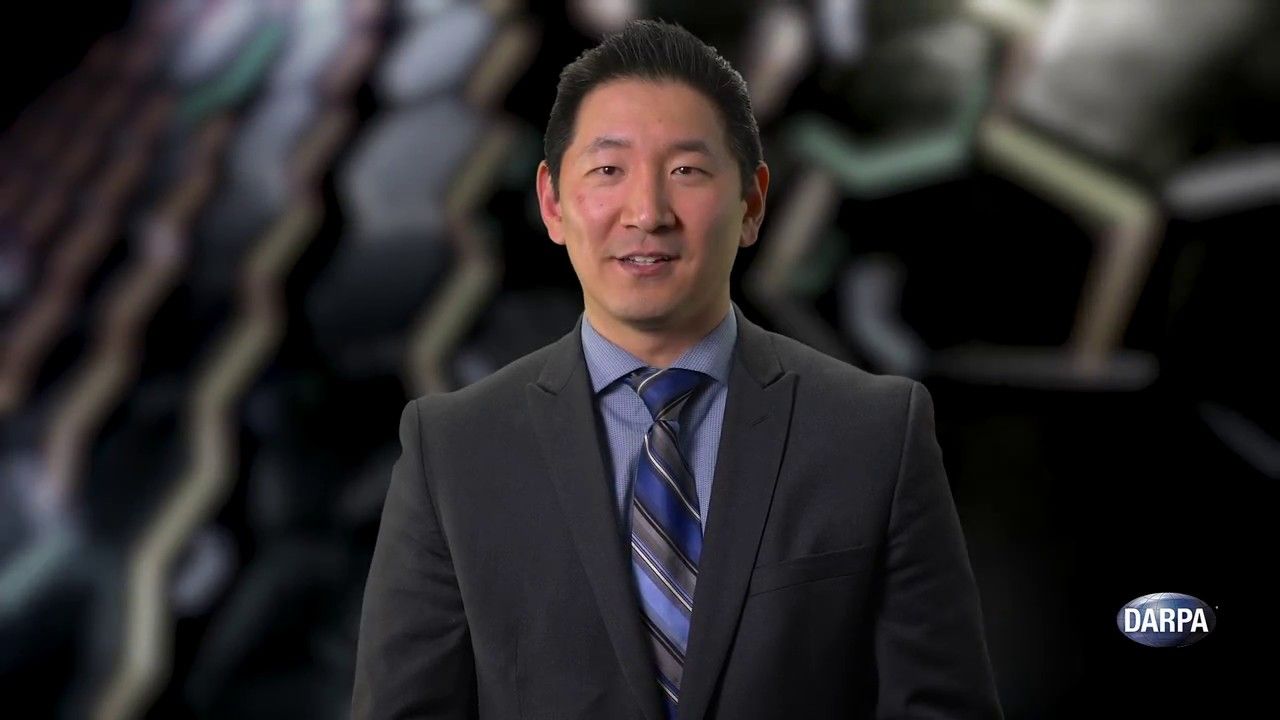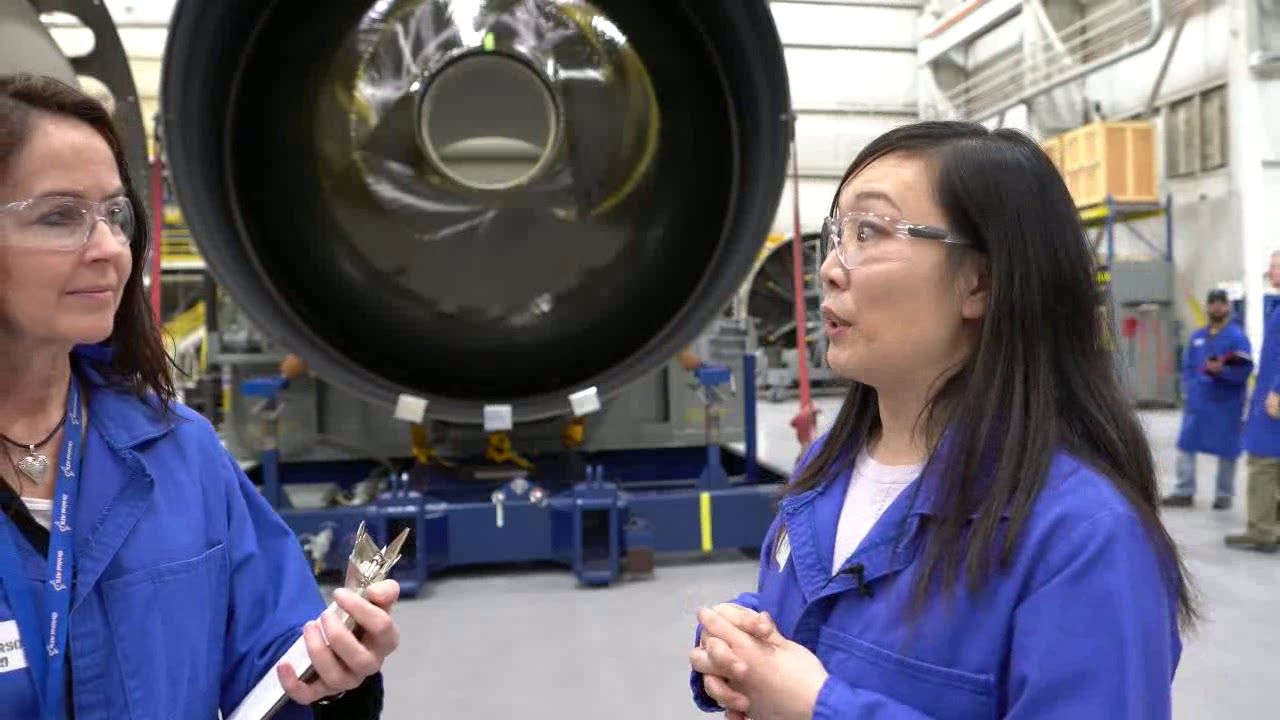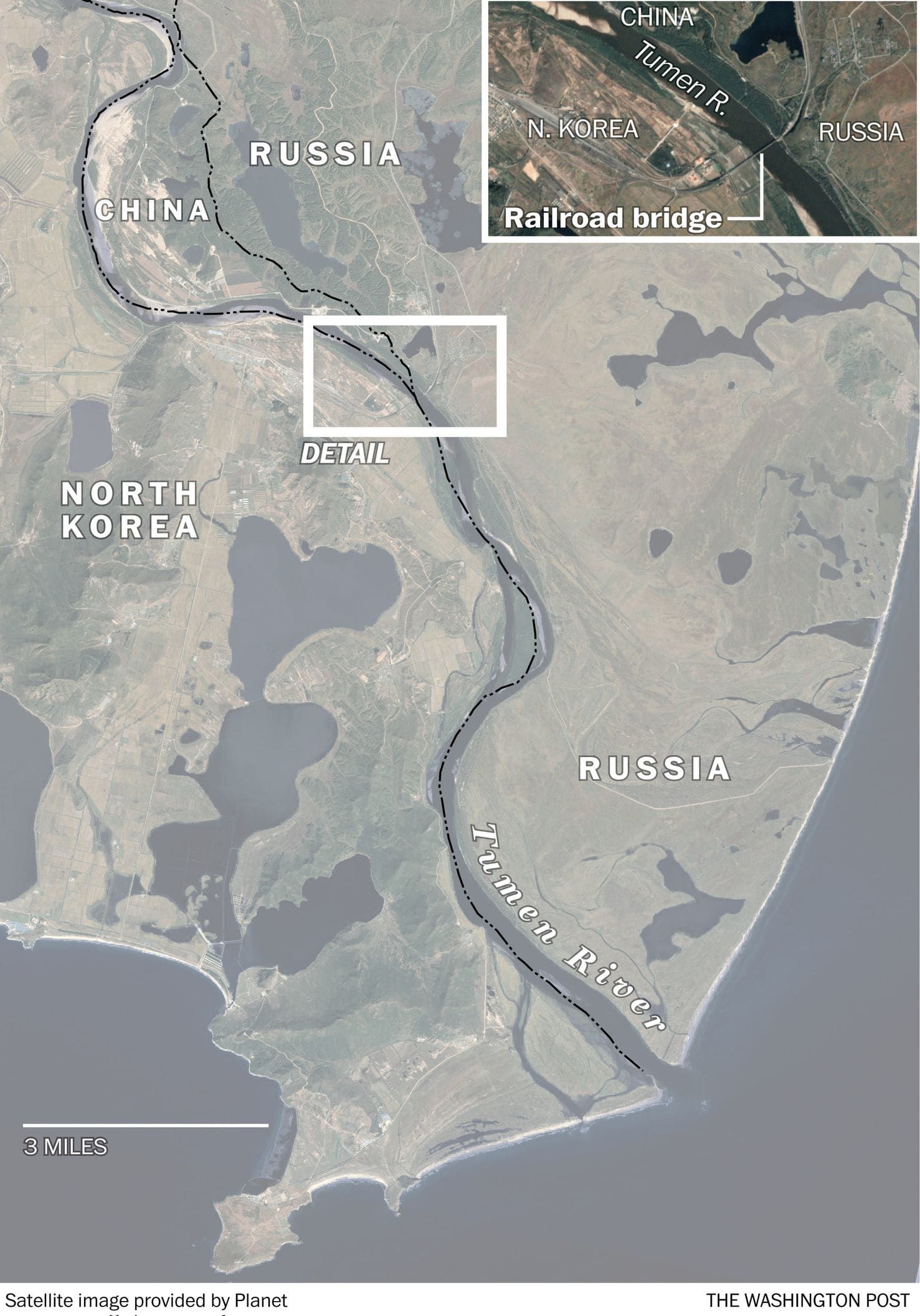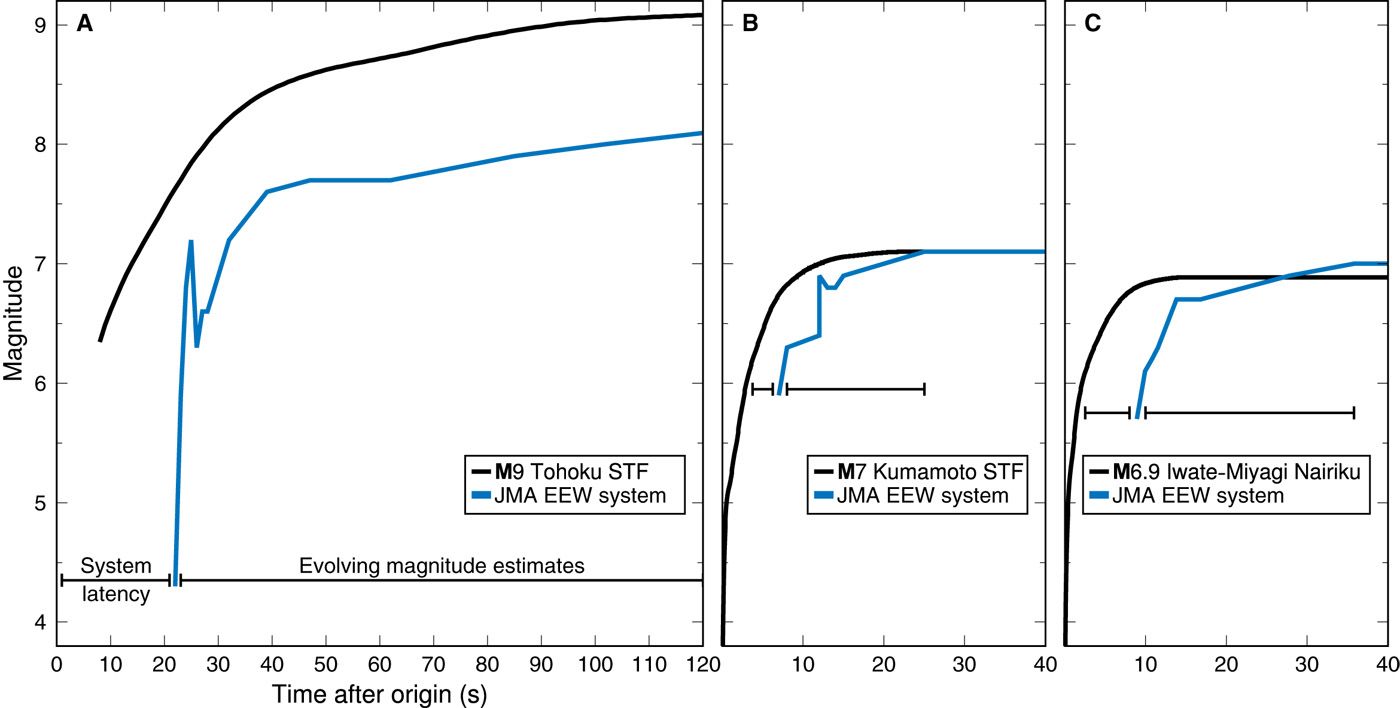Apr 2, 2018
Storm hunter launched to International Space Station
Posted by Genevieve Klien in categories: space, transportation
ESA’s observatory to monitor electrical discharges in the upper atmosphere is on its way to the International Space Station. The Atmosphere-Space Interactions Monitor is riding in the Dragon cargo vehicle that lifted off at 20:30 GMT (16:40 local time) from Kennedy Space Center in Florida, USA.
A suite of instruments will search for high-altitude electrical discharges associated with stormy weather conditions. It is the first time that such a set of sensitive cameras, light sensors and X- and gamma-ray detectors are flying together to study the inner anatomy of luminous phenomena in Earth’s upper atmosphere and the link with bursts of high-energy radiation.
ASIM mounted on Columbus.
Continue reading “Storm hunter launched to International Space Station” »
